CALIFORNIA SNOW REPORT
Last Updated: December 26, 2025
Snowpack levels across the state are currently 97% of normal. The deepest snowpack in California was last observed at Stouts Meadow Goes with a snowpack depth of 100”, about 102% of normal when compared to it's 99" average depth for this time of year.
California Snowpack Map
Explore real-time snowpack depths across California.
Winter Storm Warnings
December 26 2025
YOSEMITE NP OUTSIDE OF THE ...
UPPER SAN JOAQUIN RIVER; KAISER ...
NORTHERN TRINITY; SOUTHERN TRINITY
SHASTA LAKE AREA / NORTHERN ...
WESTERN PLUMAS COUNTY/LASSEN PARK; WEST ...
LOS ANGELES, CA
SAN BERNARDINO AND RIVERSIDE COUNTY ...
VENTURA, CA
VENTURA, CA
VENTURA, CA
MARIPOSA-MADERA LOWER SIERRA; YOSEMITE NP ...
WEST SIDE MOUNTAINS NORTH OF ...
SHASTA LAKE AREA / NORTHERN ...
CUYAMA VALLEY; CATALINA AND SANTA ...
SAN FRANCISCO; SAN FRANCISCO BAY ...
MARIN COASTAL RANGE; SONOMA COASTAL ...
COASTAL DEL NORTE; DEL NORTE ...
Avalanche Conditions
California Ski Area Forecast
Next 5 Days
-
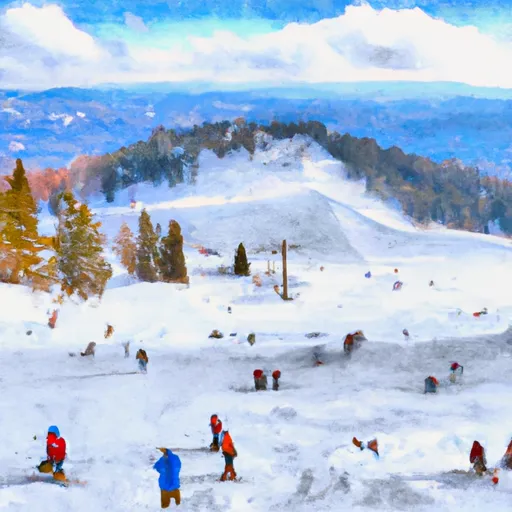 Alpine Meadows Ski Area
20"
Alpine Meadows Ski Area
20"
-
 Alta Sierra At Shirley Meadows
4"
Alta Sierra At Shirley Meadows
4"
-
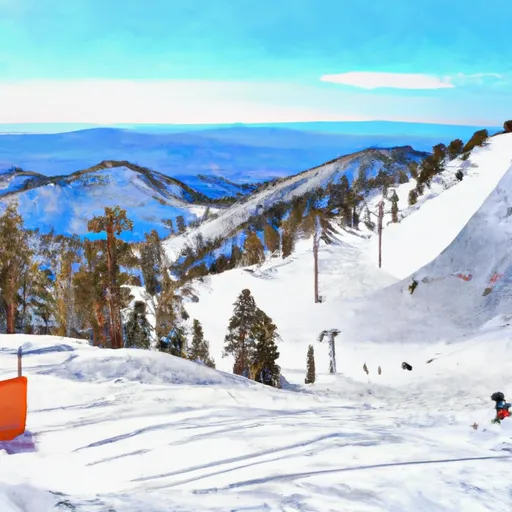 Badger Pass Ski Area
0"
Badger Pass Ski Area
0"
-
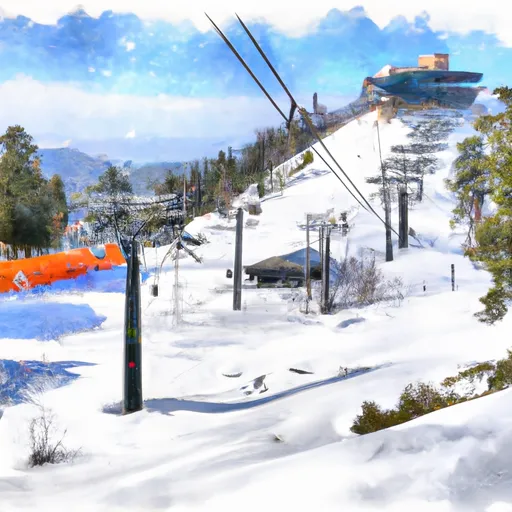 Bear Mountain
0"
Bear Mountain
0"
-
 Bear Mountain Resort
0"
Bear Mountain Resort
0"
-
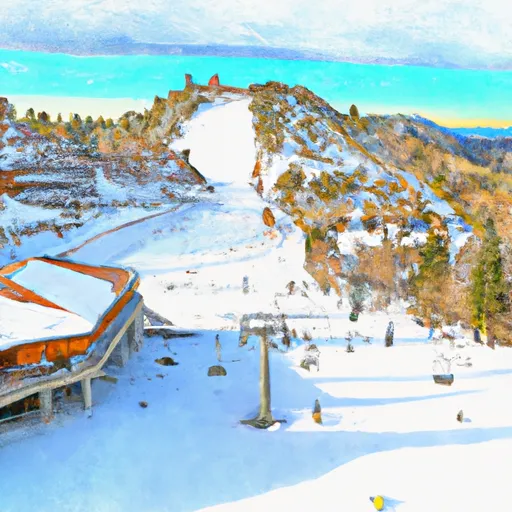 Bear Valley Mountain Resort
19"
Bear Valley Mountain Resort
19"
-
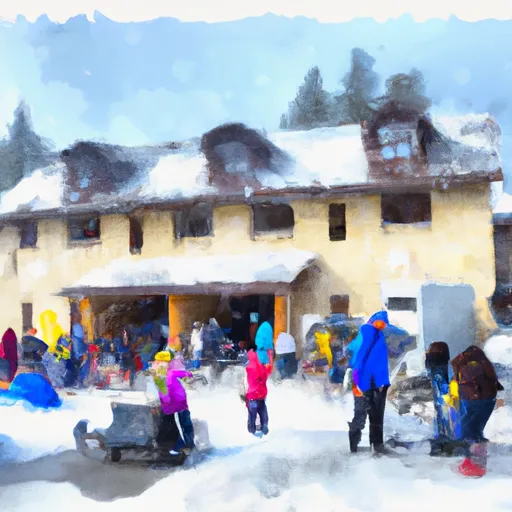 Boreal Mountain Resort
22"
Boreal Mountain Resort
22"
-
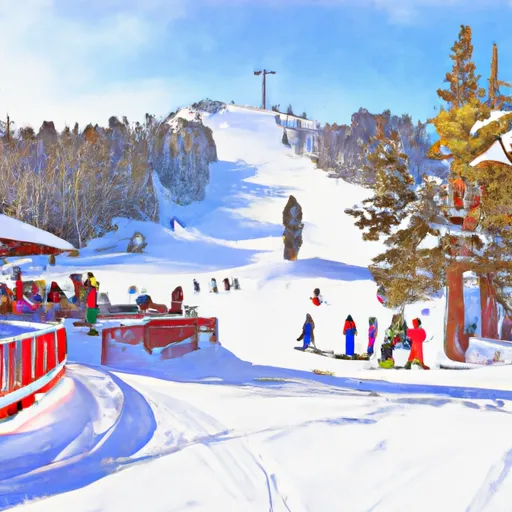 Buckhorn Ski Club
0"
Buckhorn Ski Club
0"
-
 China Peak (Sierra Summit)
12"
China Peak (Sierra Summit)
12"
-
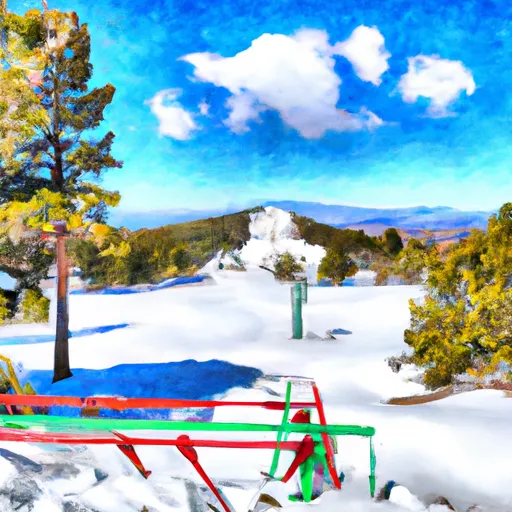 Cuyamaca Peak
0"
Cuyamaca Peak
0"
-
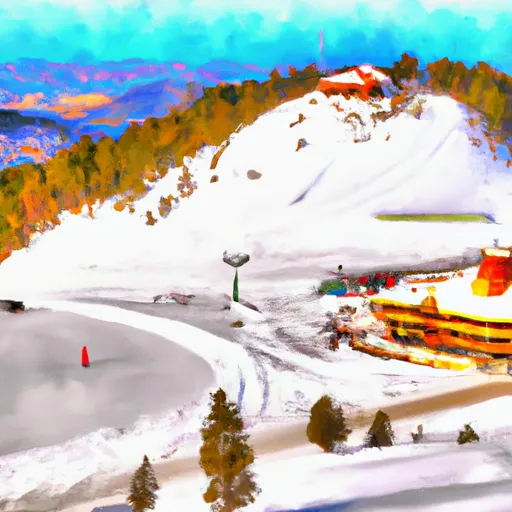 Dodge Ridge Ski Area
15"
Dodge Ridge Ski Area
15"
-
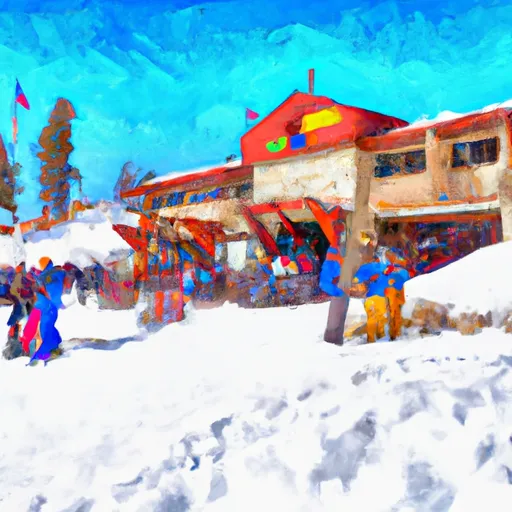 Donner Ski Ranch
22"
Donner Ski Ranch
22"
-
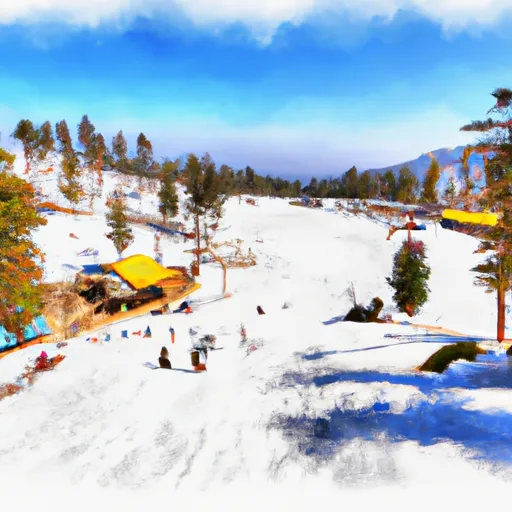 Granlibakken Ski Resort
20"
Granlibakken Ski Resort
20"
-
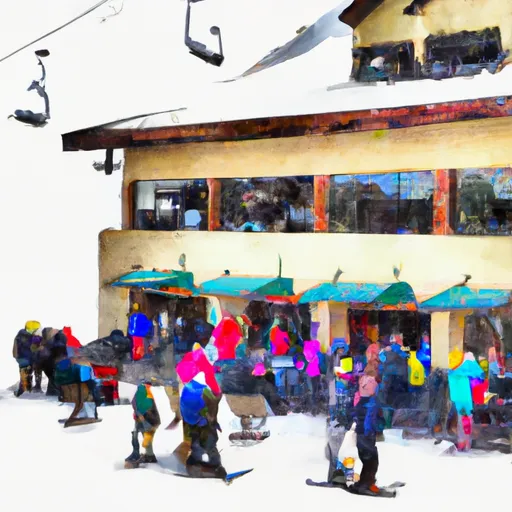 Homewood Mountain Resort
20"
Homewood Mountain Resort
20"
-
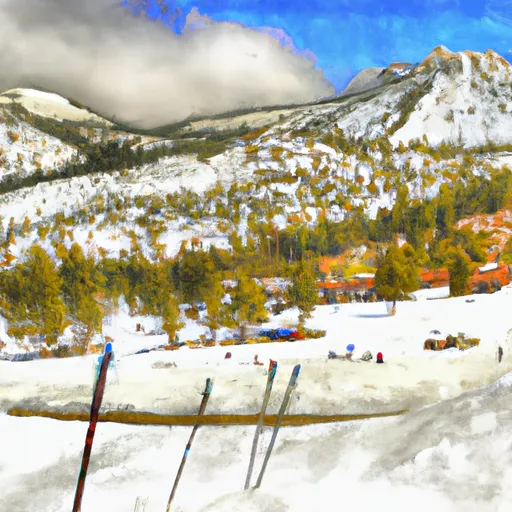 June Mountain
7"
June Mountain
7"
-
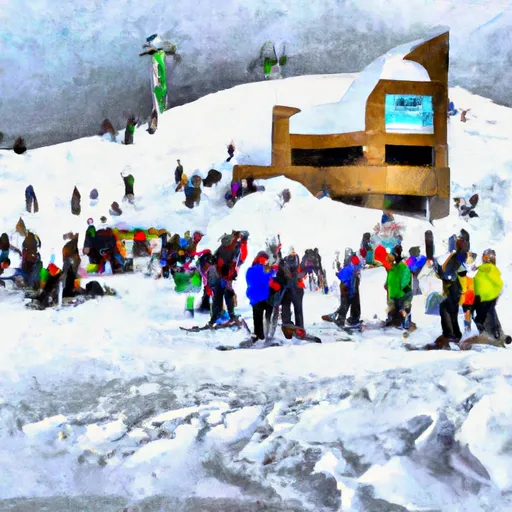 Kirkwood
20"
Kirkwood
20"
-
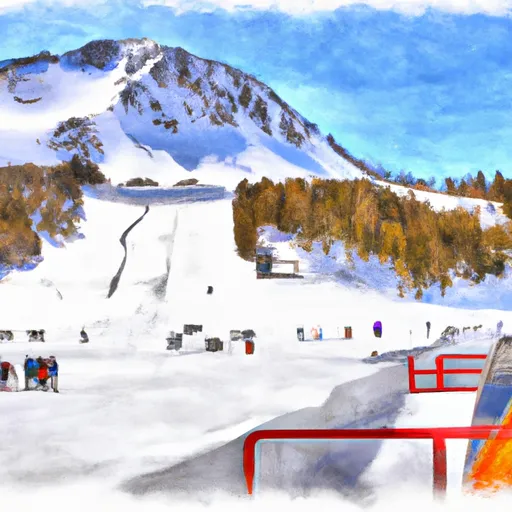 Mammoth Mountain
7"
Mammoth Mountain
7"
-
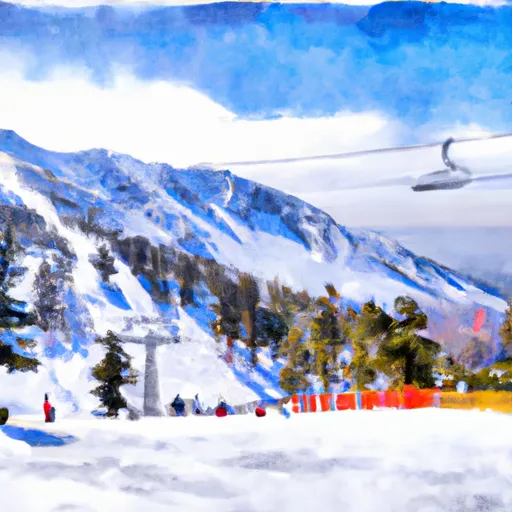 Mount Baldy
0"
Mount Baldy
0"
-
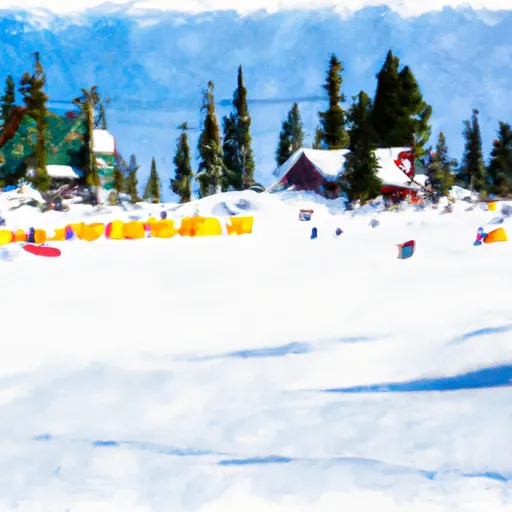 Mountain High Resort
0"
Mountain High Resort
0"
-
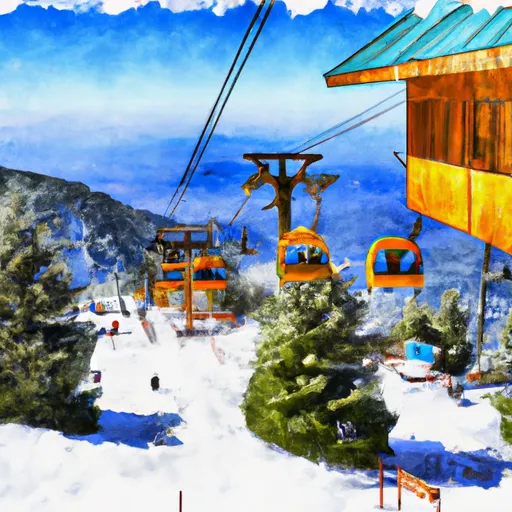 Mt. Baldy Ski Lifts
0"
Mt. Baldy Ski Lifts
0"
-
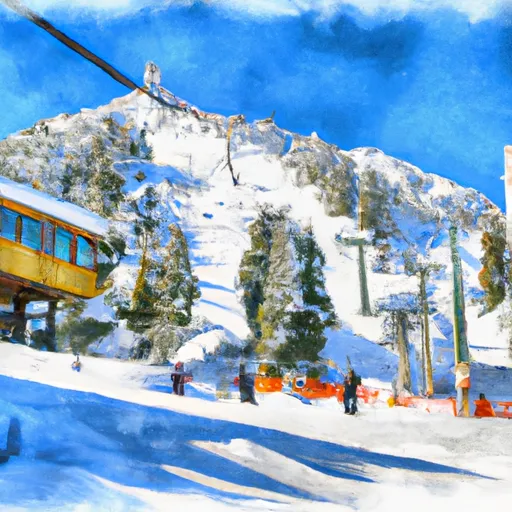 Mt. Waterman
0"
Mt. Waterman
0"
-
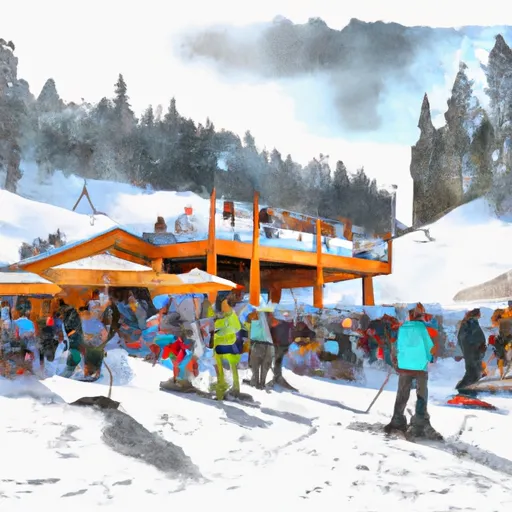 Northstar
15"
Northstar
15"
-
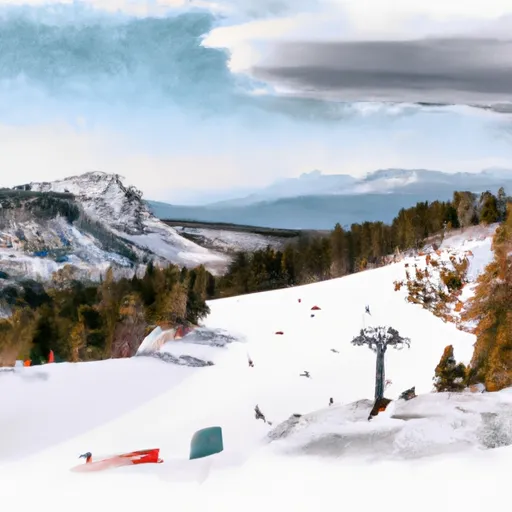 Sierra At Tahoe
20"
Sierra At Tahoe
20"
-
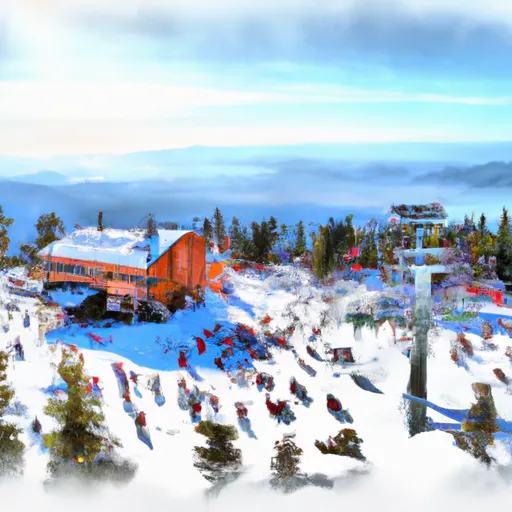 Snow Summit Mountain Resort
0"
Snow Summit Mountain Resort
0"
-
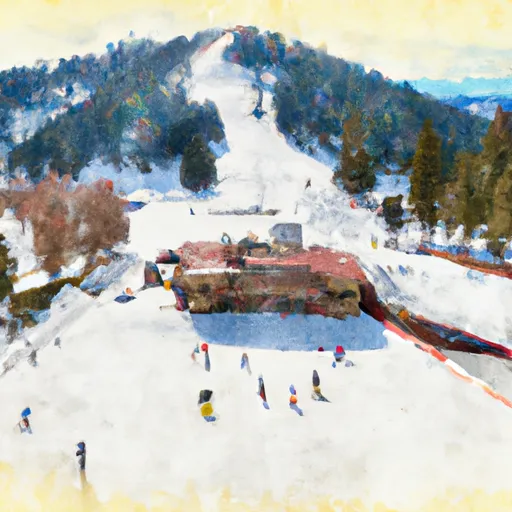 Snow Valley Ski Resort
0"
Snow Valley Ski Resort
0"
-
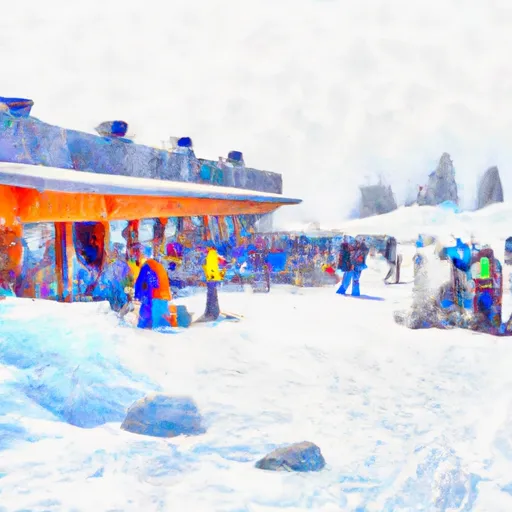 Soda Springs
22"
Soda Springs
22"
-
 Squaw Valley
20"
Squaw Valley
20"
-
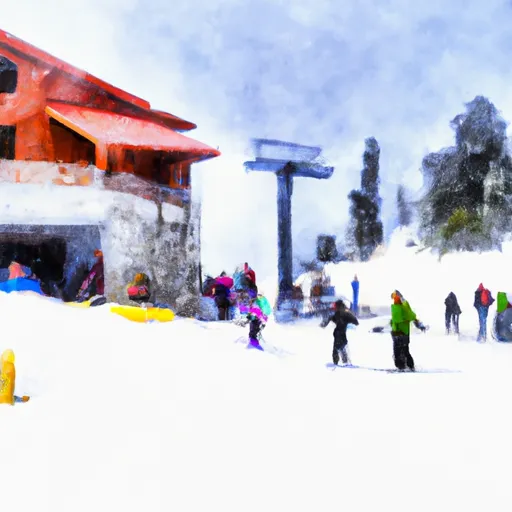 Sugar Bowl Resort
15"
Sugar Bowl Resort
15"
-
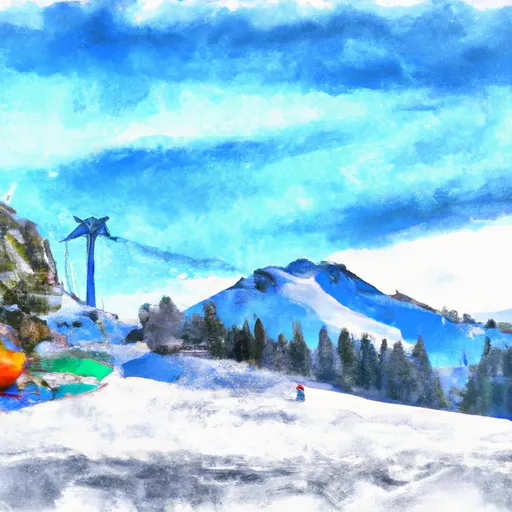 Sunrise
0"
Sunrise
0"
-
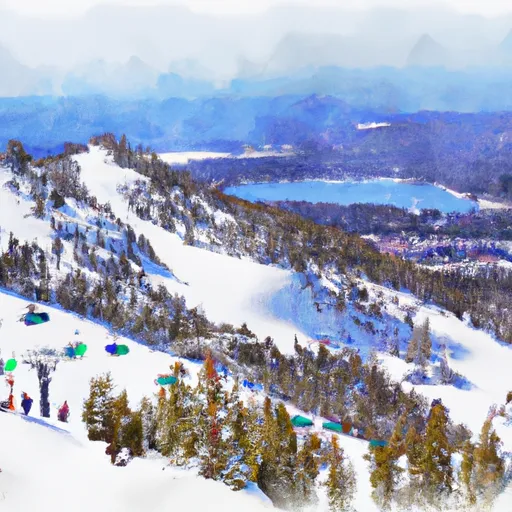 Tahoe Donner
22"
Tahoe Donner
22"
-
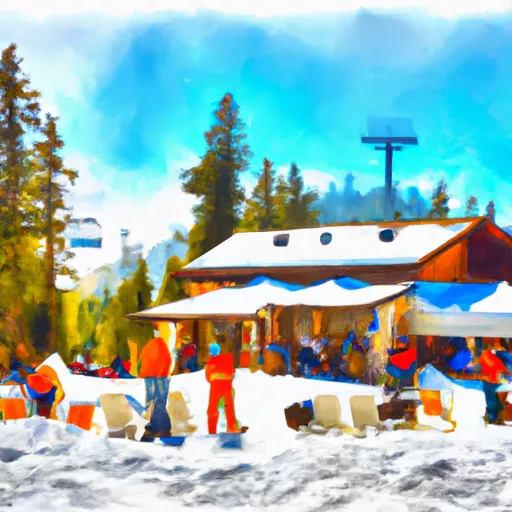 Trinity Mountain Resort
0"
Trinity Mountain Resort
0"
California Snow Report FAQs
How often is this report updated?
Daily from SNOTEL and NOAA sources.
What are snowpack levels in California like right now?
Snowpack levels across California are approximately 97.0% of normal compared to previous years.
Where is it coldest in California right now?
Summit Meadow is experiencing frigid temperatures of 25°.
Where in California will get the most snowfall this week?
Nohrsc Green Mtn is expected to receive up to 55" of more snowfall over the next 5 days.
Where is the most snow in California today?
Currently at Stouts Meadow Goes with 100".
